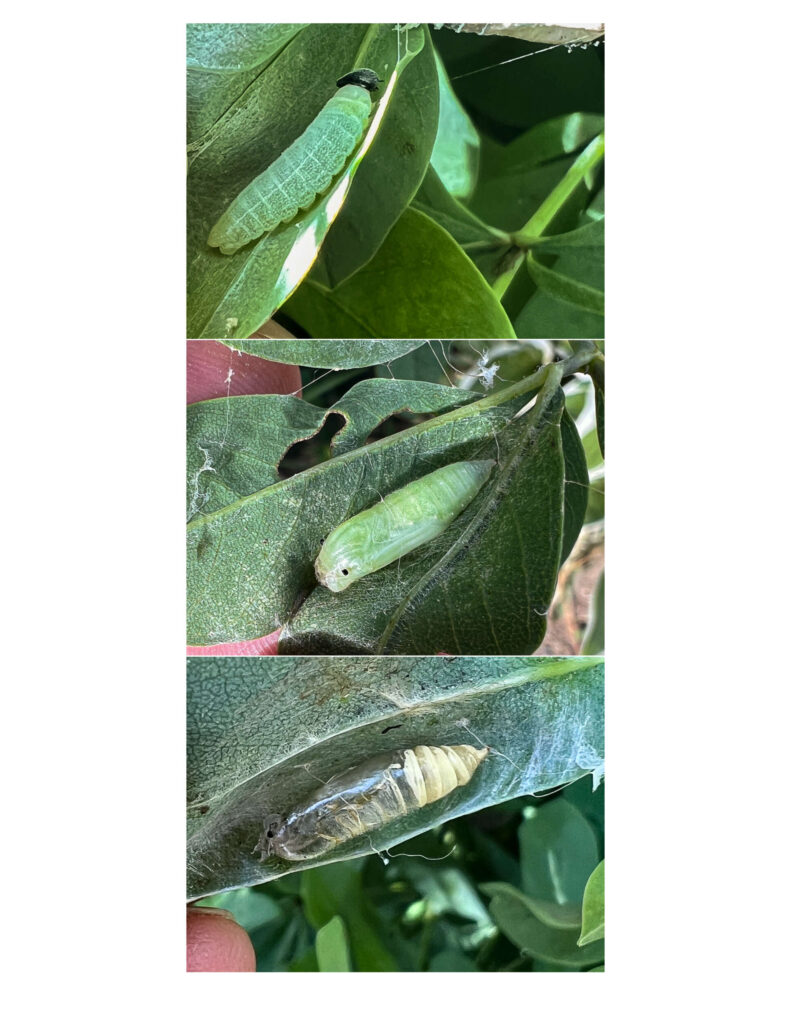Mission Wild Indigo Duskywing
Wild Indigo Duskywing is a species that once was rare in Vermont. Prior to the First Atlas, there are just two records from 1952 from Bennington known. During the first atlas it was still uncommon, it was really just confined to extreme s. Vermont (see first atlas map at https://val.vtecostudies.org/wp-content/uploads/2015/10/wildindigo.jpg). But it was rapidly expanding its range and abundance as larvae switched to feeding on plantings of crown vetch (Coronilla varia) along roadways. The Second Atlas is showing us just how much it has expanded in the last 20 years (see map https://val.vtecostudies.org/gbif-explorer/?taxonKey=5977220&view=MAP).
It is named for its host plant, the native Yellow Wild Indigo (Baptisia tinctoria), which can be found as far north as extreme s. Vermont (see https://gobotany.nativeplanttrust.org/species/baptisia/tinctoria/ and https://val.vtecostudies.org/species-profile/?siteName=val&taxonKey=205183064&taxonName=Baptisia%20tinctoria&taxonRank=SPECIES). About a decade ago there were some reports that Wild Indigo Duskywing will also oviposit on non-native (in New England) Blue Wild Indigo (Baptisia australis) in gardens (see here for more on this plant: https://gobotany.nativeplanttrust.org/species/baptisia/australis/). I have two of these planted in my garden and I see many other gardens have these bushes too. I started examining them closely and lo and behold I have seen them ovipositing on them, larvae feeding, and even have found chrysalis!
YOUR MISSION
Find plants in your garden or neighbors and search for larvae and chrysalis over the next few weeks and report them to the Second Vermont Butterfly Atlas at e-Butterfly.org. Let's see just how widespread this is. For bonus points, find a patch of Crown Vetch and search those plants too. How do you find them? Search the plants carefully looking for 2-3 leaves that seem glued together. I have found both the larva and chrysalis are in tiny nests. Carefully and gently pull them apart, photograph and count all you find and add them to your e-Butterfly checklist. They seal themselves back up rather quickly I have found and you don't have to open it entirely.
Here's a series of images I took just a few days ago in my garden: 1. larva feeding 2. fresh chrysalis (note the dark 'eye" mark) 3. Chrysalis shell after an adult eclosed.
I can't wait to see what we find! Thank you!



